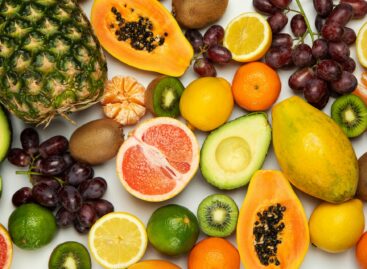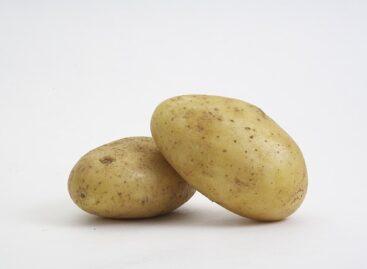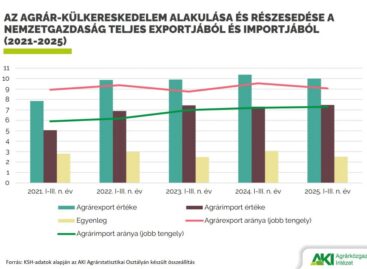Will the prices in the food chains rise again from January?!
Food manufacturers and food chains agree that future food promotions should be reconsidered, and that if the currently high raw material prices decrease in the future, food prices may also normalize to some extent. In January, however, a price increase is expected for all product groups.

(Photo: Pixabay)
Giacomo Pedranzini, one of the big guns of domestic food production, the managing director of Kométa 99 Zrt., painted a rather gloomy picture of the food production chain at the round table discussion of the Portfolio Agricultural Sector 2022 Conference. In his opinion, in addition to inflation, several problems lurking below the surface and speculation on the crop market are the cause of the sudden increase in prices.
‘The VAT is 5% for a few products, but in most cases 27 out of 125 forints belongs to the state. We face high volatility in the lower parts of the production chain. There are times when producers laugh and processors cry. Sometimes it’s the other way around. In relation to promotions, it is important to mention that we often go overboard. The normal prices are too high, after that the department stores can offer discounts of up to 40-50%. But I ask the question: wouldn’t it be better if, for example, the trade worked with smaller sales but with lower normal prices? Products would represent real value and consumers would feel better. What’s more, you could save a lot on gasoline if you didn’t have to go from store to store looking for discount products.” – the Agricultural Sector quoted the executive. The specialist also said that increasing efficiency cannot go against environmental protection and animal welfare aspects.
Raw material prices will normalize over time
According to Tamás Éder, the president of the Association of Responsible Food Producers, the rise in the price of raw materials will soon stop and, as a result, the price of some foods will not continue to rise.
According to Ferenc Horváth, the food industry manager of SPAR Magyarország Kereskedelmi Kft., consumer prices have reached such a level that consumption has started to decrease. Tamás Éder added to this that the costs added to the system in recent months will probably cause further price increases in January. Giacomo Pedranzini also considers the previous pricing to be incorrect.
“I think the prices were still very low in January. At the same time, it is important that we may not be able to reduce prices, but we can raise wages. And this is a very important point. If everything remains as it is, if we keep the principle that prices must be kept low, because people have no money, and wages are not raised, then the result of this will be that society will only become poorer in the future,” he emphasized. specialist. Ferenc Horváth prefers to see the solution in stimulating people’s awareness of consumption.
The higher quality products are the losers of the situation
All experts agreed that due to the inflationary situation, consumers prefer the cheaper one, even if its quality is not the same as that of the more expensive versions. The consumption of the latter has fallen measurably.
Related news
2025 was a black year for the Hungarian food industry: product lines under pressure on multiple fronts
🎧 Hallgasd a cikket: Lejátszás Szünet Folytatás Leállítás Nyelv: Auto…
Read more >Belgian startup uses AI to reduce food waste
🎧 Hallgasd a cikket: Lejátszás Szünet Folytatás Leállítás Nyelv: Auto…
Read more >Agricultural foreign trade surplus decreased in the first three quarters of 2025
🎧 Hallgasd a cikket: Lejátszás Szünet Folytatás Leállítás Nyelv: Auto…
Read more >Related news
The 6 most important payment trends in 2026:
🎧 Hallgasd a cikket: Lejátszás Szünet Folytatás Leállítás Nyelv: Auto…
Read more >Tourism continues to expand dynamically
🎧 Hallgasd a cikket: Lejátszás Szünet Folytatás Leállítás Nyelv: Auto…
Read more >FEOSZ creates a certificate for consumer-friendly web stores
🎧 Hallgasd a cikket: Lejátszás Szünet Folytatás Leállítás Nyelv: Auto…
Read more >







